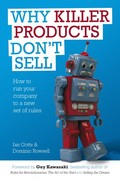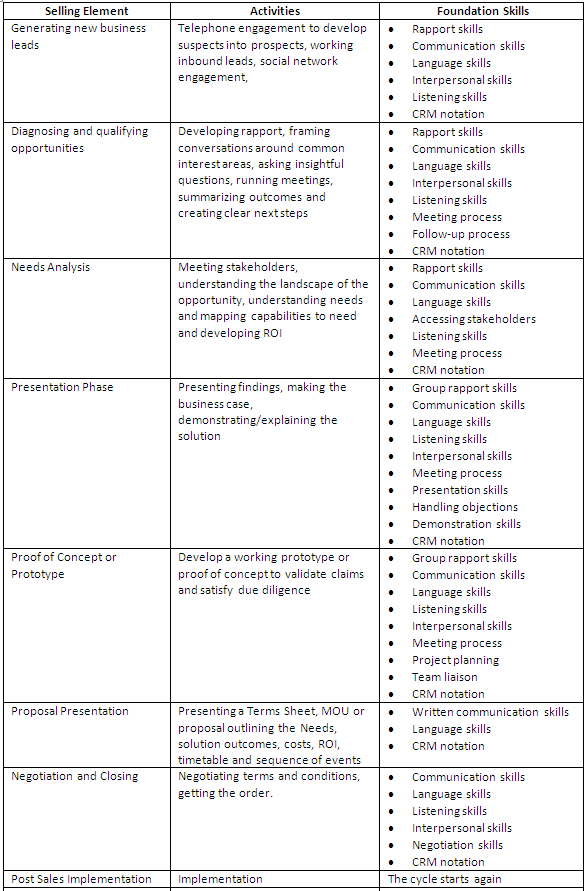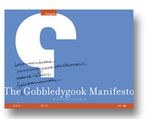The thinking here is that since the products are so strong and the market need exists, by offering a free trial, the prospect will learn to use and love the product and convert into a customer; all without needing a human touch. Who needs sales people anyway?
This approach is similar to the "Field of Dreams" (if you build it, they will come) strategy; popular with entrepreneurs who are long on product engineering skills but underestimate the importance of marketing and selling in the lifecycle of successful products. This attitude has led to the premature death of many killer-products.
Now let me say here that I would not advocate putting a salesperson in the way of a buyer who was motivated to buy and did not require interaction with a salesperson. Dell recognized this desire early on and enabled people to self-serve PC’s and Laptops nearly ten years ago and cut billions out of their cost of sale. Dell had a couple of things going for it that early stage SaaS companies don’t; - brand equity and market dominance in a mature buying category.
Killer-products, and especially software products don’t sell themselves unless they fulfill the following criteria
- A mature, clearly defined buying category exists,
- Market demand exists for the products/services,
- Acquisition is as simple as buying a book on Amazon,
- Implementing the products is seen as risk-free and the vendor is trusted,
- The products are easy to use, learn and deploy,
- The buyer knows what they want and it's really a matter of what color and how many.
- The market price is established and the vendor offerings are within an acceptable range.
Adoption of SaaS solutions and other innovations follow a predictable cycle according to the theory of “Diffusion of Innovations” by Everett M. Rogers, first published in 1962.
SaaS solution sellers potentially have a lot going for them to speed adoption. Rogers' thesis states that the rate of adoption of innovation is governed by a factor of 49-87% by the perceived attributes of innovations, which are:-
1. Relative advantage (Cost and deployability of SaaS win here)
2. Compatibility
3. Complexity
4. Trial-ability (SaaS solutions win here)
5. Observability
The remaining variables are;-
- Type of decision
- Communication channels (The Internet amplifies this variable)
- Nature of social system (Social networking is now in its own "Tornado")
- Extent of marketing and promotion efforts. (Rogers point out the importance of reaching industry thought leaders and analysts in the latter part of the early adoption cycle; their influence in achieving critical mass should not be under-estimated)
I have two questions for SaaS entrepreneurs;-
1. Where is the market in terms of the adoption of your product/service or class of products?
2. Where is your product in that class?
This concept is excerpted from the IMPACT section of AMC's "Selling in the Internet Age, SalesCraft Process" E-Learning Course. (IMPACT is reproduced with permission of copyright holder HotRivet.com.)
Buying behaviour as we have observed, varies according to product maturity and risk profile of individuals and organizations.
The role of sales-people in selling to the early market.
The early adopter in the technology adoption life-cycle is described  in "Why Killer Products Don’t Sell" by Dominic Rowsell and Ian Gotts as the Value-Created buying culture. In the value-created buying culture, the prospect senses an opportunity but can’t describe it. No buying category has been established for the potential solution and the buyer cannot articulate a specific pain or need for a solution. As a result, the supplier must bring into clear focus the opportunity to overcome a sub-optimal condition – or achieve an objective – and suggest a solution.
in "Why Killer Products Don’t Sell" by Dominic Rowsell and Ian Gotts as the Value-Created buying culture. In the value-created buying culture, the prospect senses an opportunity but can’t describe it. No buying category has been established for the potential solution and the buyer cannot articulate a specific pain or need for a solution. As a result, the supplier must bring into clear focus the opportunity to overcome a sub-optimal condition – or achieve an objective – and suggest a solution.
In a value-created sale, the sales-person needs to help the buyer or mentor visualize and quantify the opportunity and make a case for the purchase. Sales calls will resemble a conversation of possibilities, either pro-actively in existing accounts, or in response to inbound inquiries generated through marketing mindshare programs. To that end, sales reps need to find a mentor (or champion) within the buying organization and support that person in engaging the executive team and building vision to pave the way for a pilot.
If your SaaS innovation is in the late majority stage then maybe you could offer it as a service - without sales-people...assuming you could get found on the Internet. Until then, salespeople will be required to engage interested buyers, develop an understanding of their needs, to listen to their concerns and to differentiate your SaaS products vs. the competition and to assist them through the process of becoming customers.
Download our whitepaper on Converting Inbound Lead Generation into Better Sales Peformance for a complete discussion on the subject.



